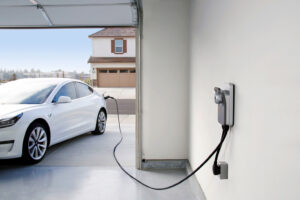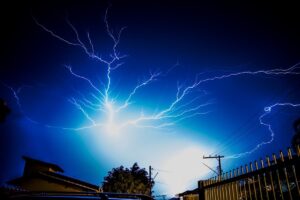In residential, commercial, and industrial buildings, electrical panels act as the gatekeeper for incoming power from the grid. Power is brought to the home and led to the panel where it gets divvied up. When the panel is stressed – either from appliances in the home or surges from the street, the breakers are “tripped” or turned off.
If you open up the panel door in your home, you’ll see the main breaker and then several smaller breakers. These circuit breakers should all be clearly labeled so when they are tripped, you can find out where the issue is located. Then it’s just a matter of turning the breaker back on.
However, if there are issues during this transfer of power, the panel may not work like it’s supposed to. Depending on the age of your home, you may have an electrical system panel that has become obsolete or is prone to failure. And just because it hasn’t happened yet doesn’t mean it won’t.
The dangers of Zinsco Panels
Zinsco electrical panels were manufactured starting in the 1930s and were sold over the next four decades. During the 70s, design flaws became an issue for the equipment and production was halted, although many panels continued to be sold. These flaws caused both fire and electrical shock risks.
These panels were made with aluminum parts that corroded over time, including the bus bars. These components collect the incoming power and then distribute them to outgoing feeders. The Zinsco bus bars were often found to be separated from the breakers, however.
This disconnection caused arcing, which caused breakers to become overheated. When the melted breaker reached the bus bar, the breaker could no longer be tripped consistently. This inability meant power continued to surge even though there were obvious issues with the panel.
Replacing Zinsco Panels
If you have a Zinsco panel and breakers, you should really consider having a licensed electrician give it a thorough inspection. Prairie Electric will inspect the panel, breakers, and connections coming in from the outside. We perform panel replacements for residential and commercial applications, giving your building a clean bill of health.


